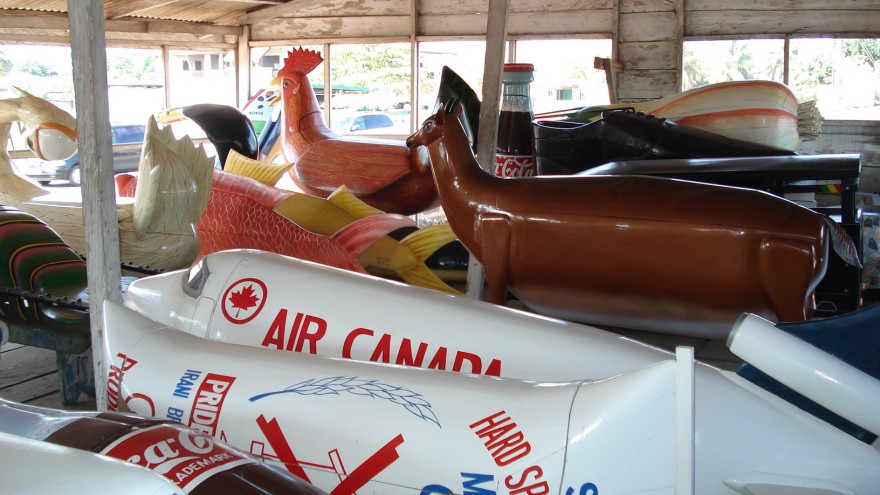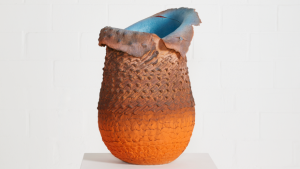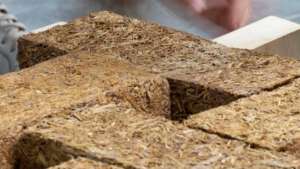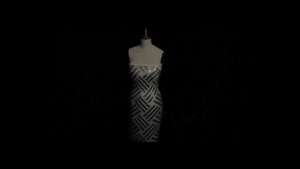During the course of the past half-century, these detailed burial boxes have become one of Ghana’s most prominent exports. The practice is upheld in the greater Accra region of Ghana as this province is home to the Ga and specifically, the Teshie people. The area is now home to several workshops that continue to create these unique burial caskets.
The burial tradition of Accra’s Ga people was picked up by a few practising carpenters during the 1950s and 1960s. The tradition may have been propelled by Seth Kane Kwei of Teshie and Ataa Oko of La during that time along with other carpenters. To this day, the way the coffins are crafted remains largely unchanged and fantasy coffins are still handmade with basic woodcraft tools.
It is known as ‘abebuu adekai’ (or in the language of the Ga, "okadi adekai") which translates to ‘boxes with proverbs’. Ornately designed coffins are created because it is believed that life continues past death and that the coffin should be an appropriately styled vessel for the transitional occasion.
The shape of the coffin can symbolise a number of things and are usually based on animal forms. Coffins have been created in the likeness of lobsters, lions and eagles, for instance. The coffin can reflect social status or the occupational expertise of the deceased. An industrial fisherman could be buried in the design of a giant crab. Many coffin shapes evoke regality, such as a holy sword or ministerial insignia.
The popularity and artistic novelty of fantasy coffin production has allowed the craft to exceed its original purpose. Today, hundreds of coffins are created annually and exported for their aesthetic value rather than for burials.
Where coffins that are intended to be buried are made from a local Ghanaian softwood, those that are intended for pure display are made from hard mahogany (to shield against travel damage and insect infestation). Art galleries in Denmark, England and Russia have displayed such fantasy coffins in their exhibition spaces.
Fantasy coffins vary in price greatly. Variables such as time allotment, geographical destination, appropriate material availability and design complexity are all at play during production. A custom coffin is crafted for anywhere between $500 and approximately $3,000. In 2014, the record was set for the most expensive fantasy coffin which was auctioned off in London. It was designed by Paa Joe (Seth Kane Kwei’s former protégé) in the shape of a Porche and was sold for $9,200.
As a contemporary frontrunner of the craft, designer Eric Adjetey Anang has been able to travel the world to share this cultural practice and gain greater exposure. While on a recent trip to Wisconsin, USA, Anang built a coffin in the shape of a handgun that draws attention to the country’s controversial gun legislation. In 2014, he built a giant fish coffin that was filled with plastic bottles in Philadelphia as a metaphor for marine pollution.
Speaking to Roads & Kingdoms, Anang describes the success of his craft: “I’m gaining a greater audience, and the demand for the coffins is growing.”
To many Ghanaians, celebrating death is every bit as important as celebrating life. The vibrant funeral culture of the Ga people allows many streams of revenue to flourish where it otherwise would not. The funeral is seen as the deceased’s ultimate expression of extravagance, therefore such events benefit many entrepreneurs. Photographers, caterers, DJs, event planners and professional mourners experience an influx of business because of the celebratory funerals of the Ga people.










